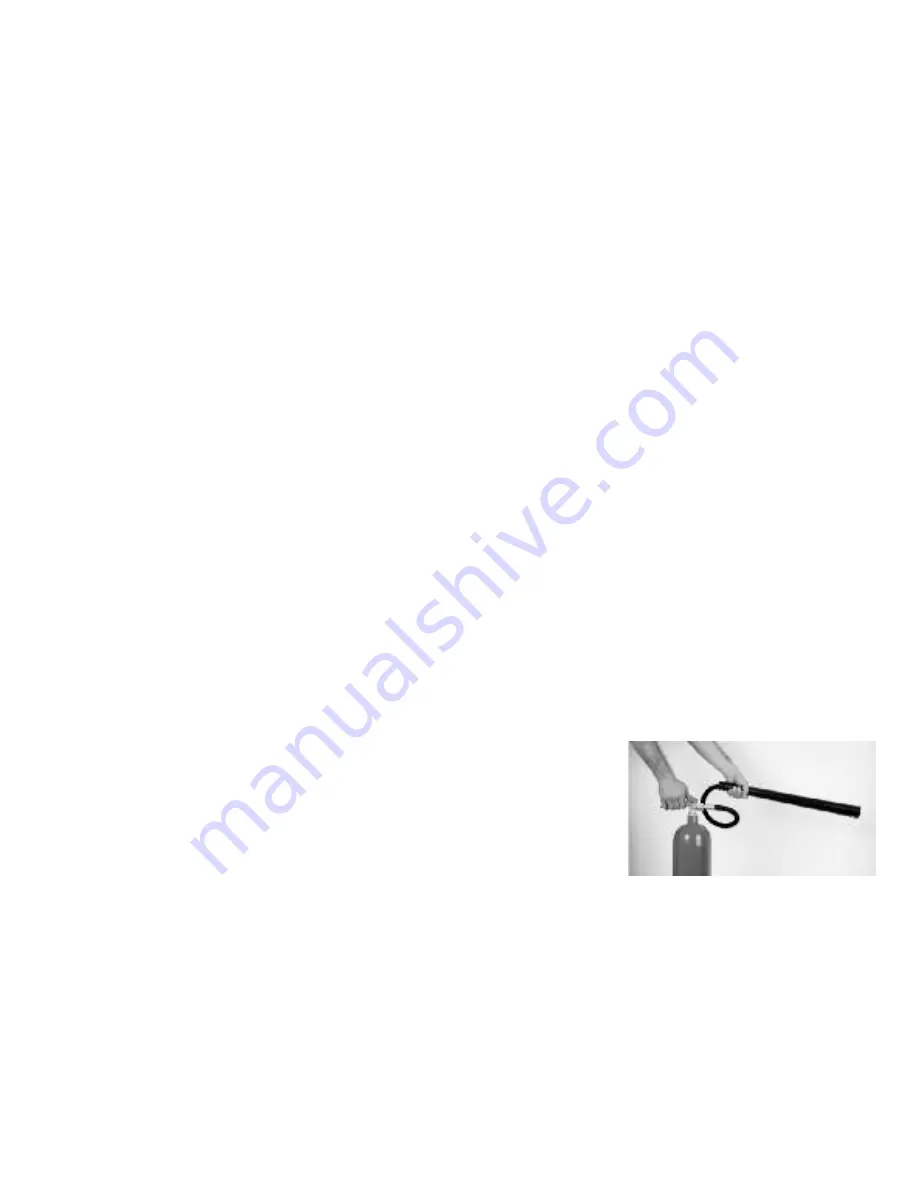
Security & Ventilation
33
Owners Handbook
Security & Ventilation
Ventilation
Low level ventilation is provided via the entrance
step well. High level ventilation is provided by
skylights located in the roof of your vehicle.
All ventilation complies with European Standards
and vents should not be obstructed in any way as
this could lead to insufficient fresh air.
If this occurs then the confined atmosphere
can become deficient in oxygen, which can
lead to a build up of the highly dangerous
gas carbon monoxide (CO).
Carbon monoxide is colourless, odourless and
tasteless and if allowed to build up will rapidly
cause unconsciousness, and even death.
There is no danger providing all ventilation is not
blocked in any way and all meshes are regularly
cleaned using a vacuum cleaner.
Roof Mounted Flue Installations
All flue installations should be inspected for
corrosion once a year throughout their length.
If any sign of perforation is detected, the flue
should be replaced. Ensure the replacement flue
is of the correct type and that it is installed by an
approved engineer.
Combustible Materials
Care should be taken when storing any
combustible materials near any heat source
(e.g. space heater) as these surfaces can
become very hot during normal use.
Portable Heaters
Never use portable cooking or heating appliances
other than electric heaters that
are not of the direct radiant type, to heat
your vehicle as it can be a fire and
asphyxiation hazard.
Under no circumstances should a cooking
appliance be used for heating the vehicle.
Warning
Please note that internal socket
outlets should only be used with dedicated
appliances.
No appliance should be used outside the
motorhome whilst connected to
an internal socket.
Fire And Safety Precautions
In Case Of Fire
Please read all warning notices inside your
motorhome advising you on fire prevention,
ventilation and what to do in the event of a fire.
If a fire should develop in your vehicle please
observe the following;
• Get everybody out of the motorhome as
quickly as possible.
• Call the fire brigade.
• Turn off the gas bottle isolation valve if safe
to do so.
• If possible and safe to do so, remove the gas
cylinders and place some distance away
from the vehicle.
• If it is an electrical fire , always turn off the
supply as quickly as possible.
• Only tackle the fire if you deem it safe to do so.
Summary of Contents for IMALA
Page 2: ...Owners Handbook...
Page 55: ...Cable Colour Chart...
Page 56: ...55 Power Circuits Owners Handbook...
Page 57: ...Road Lighting...
Page 58: ...57 Consumer Circuits Floor Owners Handbook...
Page 59: ...Consumer Circuits Roof...
Page 60: ...59 230v Circuits Owners Handbook...
Page 61: ...Notes...


































